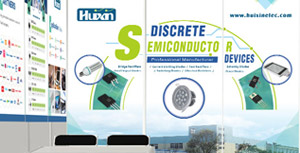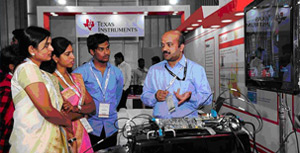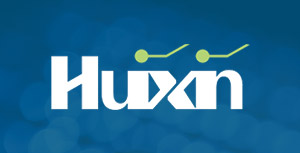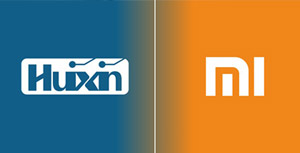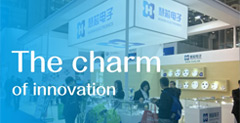HuiXin Electronic2017/9/11 16:19:27
Illustration of Semiconductor Diodes from Huixin
Introduction:
There are two types of semiconductor components in electronic and electrical circuits. They are active and passive components. Diodes are the foremost active components and resistors are the foremost passive components in electronic design circuits. Diodes are essentially unidirectional devices having exponential relationship for the current-voltage characteristics are made from semiconductor materials.
The properties of semiconductor materials change considerably by adding small amounts of impurities to it. The process of shifting the balance between electrons and holes by incorporating impurity atoms in the silicon crystal lattice is called as doping. These impurity atoms are known as dopants. Based on the type of doping material incorporated, semiconductor crystals are classified into two types particularly n-type semiconductors and p-type semiconductors.
N-Type Semiconductor:
Impurities like phosphorous, arsenic and antimony are added to the silicon crystalline structure, to transform intrinsic semiconductor into extrinsic semiconductor. These impurity atoms are known as pentavalent impurities as a result of the five valence electrons in the outermost shell to share the free electrons with the neighbouring atoms. Pentavalent impurity atoms are also known as donors because the five valence electrons in the impurity atom bond with the four valence electrons of silicon forming four covalent bonds, leaving one free electron. Each impurity atom produces a free electron within the conduction band. Once a positive potential is applied to the N-type semiconductor, the remaining free electrons form a drift to produce an electrical current.
An N-type semiconductor is a better conductor than the intrinsic semiconductor material. The majority charge carriers in N-type semiconductors are electrons and minority charge carriers are holes. The N-type semiconductors are not negatively charged, because the negative charge of donor impurity atoms is balanced by the positive charge within the nucleus. The major contribution to the electric current flow is negatively charged electrons though there is some amount of contribution by the positively charged holes due to electron-hole pair.
P-Type Semiconductor:
The group 3 elements such as boron, aluminium and indium are supplementary to the silicon crystalline structure having solely three electrons within the outermost shell, form three closed covalent bonds, leaving the hole in the covalent bond structure and therefore a hole in the valence band of the energy level diagram. This action leaves an abundant number of positively charged carriers referred to as holes in the crystalline structure when there is electron deficiency. These group 3 elements are called as trivalent impurity atoms.
The presence of abundant holes attracts the neighboring electrons to sit in it. As long as the electron fills the holes in the silicon crystal there will be new holes behind the electron as it goes far from it. The newly created holes successfully attract the electrons, creating other new holes leads to the movement of holes, creating a standard electric current flow in the semiconductor.


